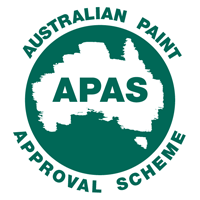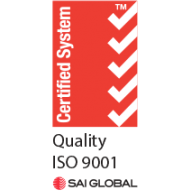When we apply industrial coatings to a surface, we do it with a specific objective. A wide range of protective coatings are available to safeguard against salt attack, chemicals, corrosion, extreme temperature, and many other factors. To ensure that industrial protective coatings function as expected, they must be applied at the right time and using the correct method. It is important to remember that some of these coatings are extremely sensitive to weather conditions at the outset. To become truly all weather, the coatings need to go through an initial curing process. Also, all protective coatings are not suitable for all types of weather. Therefore, the project must be planned and launched at a time when the weather is optimal for a specific application.
Effect of Temperature:
Temperature is a critical factor during any coating project. Before beginning the project, you must be aware of the temperature of the substrate to be coated, the coating material, and the surrounding air.
In general, compared to warmer temperatures, colder ones cause more issues related to coatings. This is particularly true for applications that require the coating’s adhesion to the treated substrate. Most industrial coatings are formulated to be applied at more than 10 degrees Celsius. The required chemical reaction between the hardener and resin or base is often impeded below these temperatures. This is why industrial coating projects are rarely performed at night, even in warmer climates.
In particular dew point is a very important consideration in cool and/or humid conditions. Dew point refers to the temperature at which condensation forms on the steel. The temperature of the steel must be at least 3 degrees C above the dew point or adhesion will be compromised at the least.
Cold weather conditions also have an adverse impact on the evaporation of solvents present in the coatings. This may lead to several aesthetic issues including loss of gloss, blushing, and discoloration. Therefore, protective coatings should only be applied above the recommended temperature range. Moreover, several hours of curing are also required at the recommended range.
There is also a recommended temperature range for the storage of all activators, paints, and accelerators, usually between 10 and 35 degrees Celsius. This makes the application process easier and improves mixing.
Effect of Humidity and Hot Weather:
In extreme heat, protective coatings often tend to skin over even before there is time for the lower layers to dry out sufficiently. Rapid drying also causes surface imperfections like blistering and bubbling. These imperfections can seriously undermine the desired performance of a coating.
The drying process of coatings gets prolonged in the presence of humidity. The most challenging condition for the application of a coating is the combination of low temperature and high humidity. As a result of condensation, the coating may suffer from rapid lifting and loss of adhesion.
If you live in a coastal area, you should be extra cautious about safeguarding your protective coatings from humidity. Even if the temperature is pleasant, humidity levels can be surprisingly high. Likewise, the danger of salt attack should also be taken into account during the selection of coatings.
In case of exterior coatings, the biggest weather-related challenge is encountered in spring and summer in the form of sudden, intense, short-lived rains. Ideally, between these showers, the coatings must be applied and cured completely. This is why knowledge of local weather is the key to getting best value out of any protective coating.
At A&I Coatings, we offer a wide selection of top quality niche coatings for specific applications. Please contact our experts today to choose coatings suitable for your local weather conditions.





